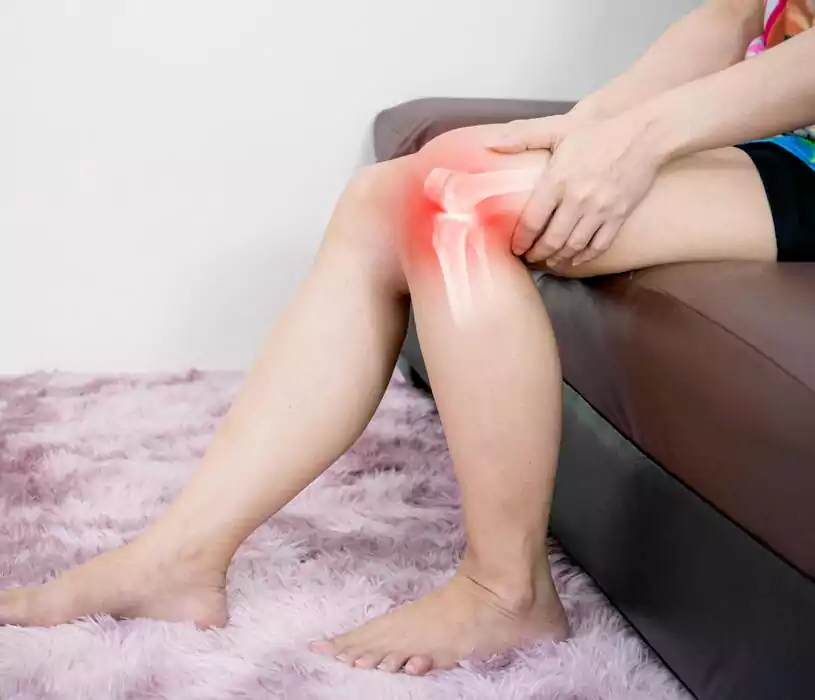
Heart Disease and Stroke. Daily physical activity can help prevent heart disease and stroke by strengthening your heart muscle, lowering your blood pressure, raising your high-density lipoprotein (HDL) levels (good cholesterol) and lowering low-density lipoprotein (LDL) levels (bad cholesterol), improving blood flow, and increasing your heart's working capacity.
High Blood Pressure. Regular physical activity can reduce blood pressure in those with high blood pressure levels. Physical activity also reduces body fatness, which is associated with high blood pressure.
Noninsulin-Dependent Diabetes. By reducing body fatness, physical activity can help to prevent and control this type of diabetes.
Obesity. Physical activity helps to reduce body fat by building or preserving muscle mass and improving the body's ability to use calories. When physical activity is combined with proper nutrition, it can help control weight and prevent obesity, a major risk factor for many diseases.
Back Pain. By increasing muscle strength and endurance and improving flexibility and posture, regular exercise helps to prevent back pain.
Osteoporosis. Regular weight-bearing exercise promotes bone formation and may prevent many forms of bone loss associated with aging.
Psychological Effects. Regular physical activity can improve your mood and the way you feel about yourself. Researchers also have found that exercise is likely to reduce depression and anxiety and help you to better manage stress.




